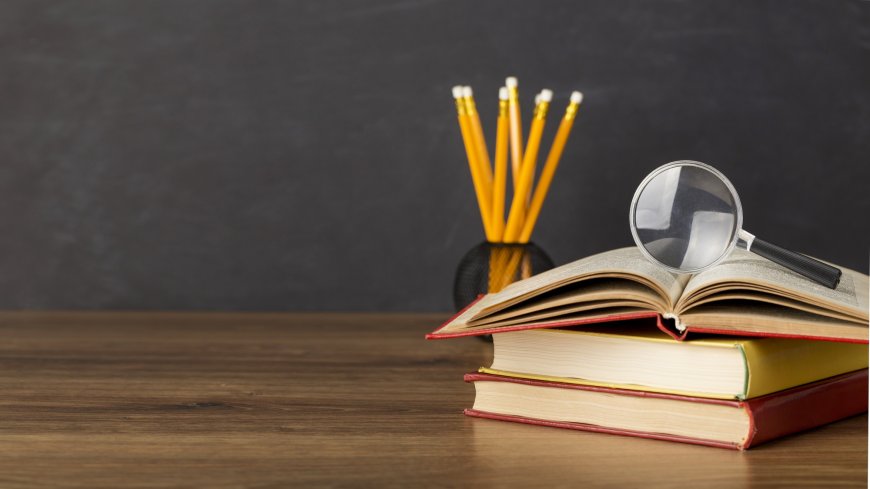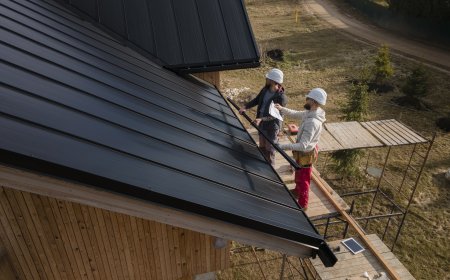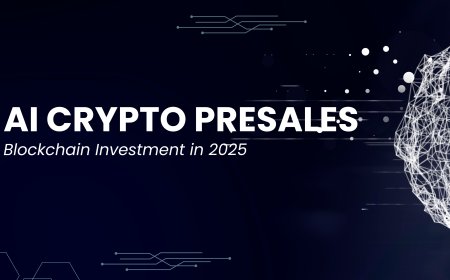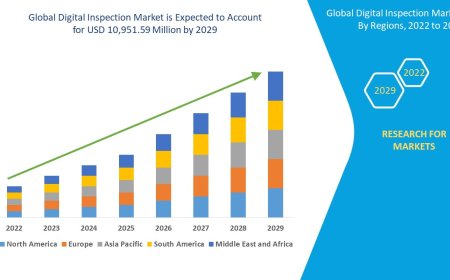Is the Traditional Classroom Still Relevant in a Post-Digital Education Era?
With all this technology and options to Take My Online Class from anywhere, the real classroom experience still has something unique to offer — real human interaction. The classroom environment helps students make friends, learn to communicate, and collaborate with others. Such social skills cannot be taught easily on the internet.

Over the past years, the world has become a different place to live, work, and learn because of technology. Now, students can take the classes in their bedrooms, participate in virtual study groups, and get the answers to questions within several seconds. This raises another critical issue: Does traditional education UK still have a place in this new, digital-centred world? On one hand, there is the promise of future online learning, and on the other, the enduring value of a structured, traditional classroom experience.
Digital Learning
Learning and Remaining Anytime Anywhere
Freedom is one of the greatest assets of digital learning. Students no longer have to be attached to a certain location or schedule. Learning occurs everywhere with online classes, video lectures, interactive apps in a bus, at home or even when on vacation. This adaptability aids those who are busy to juggle between work, home and school.
The Global Knowledge Access
The internet has become an eye-opener to all. A schoolchild in a remote settlement is able to study with the help of professors of the leading universities, such as Harvard or Oxford. Millions of free courses are available online on such platforms as Coursera, Khan Academy, and YouTube. It implies that knowledge can no longer be imprisoned in school buildings; it is accessible to all who have a connection.
The Traditional Classroom Strengths
Interpersonal Relations and Social Skills
With all this technology and options to Take My Online Class from anywhere, the real classroom experience still has something unique to offer — real human interaction. The classroom environment helps students make friends, learn to communicate, and collaborate with others. Such social skills cannot be taught easily on the internet. Personal conversations, group discussions, and spontaneous debates make learning interesting and unforgettable.
Order and Self-discipline
Just like how a Dissertation Writing Service UK keeps students on track with deadlines, teachers in a classroom can easily check whether students are paying attention, answer questions immediately, and help them stay on schedule. Some learners find it difficult to concentrate on the internet, where they can easily access entertainment and other social aspects such as games and social media.
What Do Teachers Tell?
The majority of teachers agree that, although technology is useful, it should not completely replace classrooms. In the age of post-digital learning, digital tools are not seen as substitutes for lessons but as ways to make them more engaging and interactive. A combination of the two is what most people feel is the ideal solution, otherwise known as blended learning.
Social Impact of Classrooms
Beyond Books: Community Building
Textbooks do not represent schools and colleges. There, lifelong friendships start, students learn respect, and communities develop. Sports teams at school or art clubs, or cultural events, these are the things that cannot be easily replicated by online learning.
Supporting Young Minds to Develop
The classroom is an important part of the early development of young children, particularly. Teachers monitor their mannerisms, assist them to correct their ways and lead them when they are angry or confused. This individual care not only influences their education but also their character as well.
The Middle Way: Blended Learning
Best of Both Worlds
Blended learning is a combination of traditional and digital learning advantages. Students go to physical classes and, at the same time, utilize online sources to revise, practice, and learn more. As an example, a teacher in the field of science could cover a topic during a lesson and provide an interactive simulation or video as homework.
Ready for the Real World
Most of the contemporary offices employ online tools and video conferences. Combining both classroom and online, students acquire the skills of using those tools without fear. This makes them ready to work in future where collaboration between people regularly occurs not only in real life but also on the Internet.
Issues to be resolved
Internet and Device Gaps
Not all people are able to afford fast connection and a personal laptop. Students in most regions across the world continue to use their schools as the only means of getting computers and the web. Therefore, abandoning traditional classrooms would leave millions behind.
Teacher Training
The teachers should also be well-trained to work with new technology. In its absence, digital tools may turn into a burden rather than a benefit. To ensure that blended learning operates without hitches, schools and governments should invest in teacher development.
What do students like?
According to surveys, most students love taking online classes, but most of them miss the human component of school, which is communicating with friends, asking questions directly to teachers, and living on campus. Many would rather have a combination where they would be able to use the freedom of online sources and still be able to attend classes.
The Future: Moderate Responses
Changing, Not Covering Up
The digital era is changing, rather than replacing classrooms. Traditional lessons are becoming interesting with the use of smart boards, virtual reality, and AI tutors. Classrooms are developing into active laboratories where students experiment, test and share ideas.
Lifelong Learning
The modern society requires continuing education. Individuals switch professions severally times and have to update their skills regularly. This is achievable by digital learning without quitting a job or transferring cities. However, when profound knowledge or real-life training is required, physical classrooms and workshops continue to count to a great extent.
Conclusion
Then, is the conventional classroom still valid? Yes, in the old form, the answer is no. It is obligatory to change and integrate with digital tools to accommodate the current demands. The most effective education is that which integrates the human touch and technology.
To the students, this translates to increased options on how they learn, increased opportunities of meeting people all over the world and the assurance of having teachers and classmates to help and provide guidance to them.
It should not be an aim to select between traditional and digital learning, but the creation of an education system which makes the use of both prudent. After all, learning is a people business, and no technology can ever substitute the human touch of a superb teacher and a favourable classroom community.
References
BAW. 2018. How Assignment Writing helps in securing Good Grades?. Online Available at: <https://bestassignmentwriter.co.uk/blog/assignment-writing-helps-securing-good-grades/> (Accessed: 20- June- 2025).
Murray, R., 2019. Writing for Academic Journals 4e. McGraw-Hill Education (UK).













































